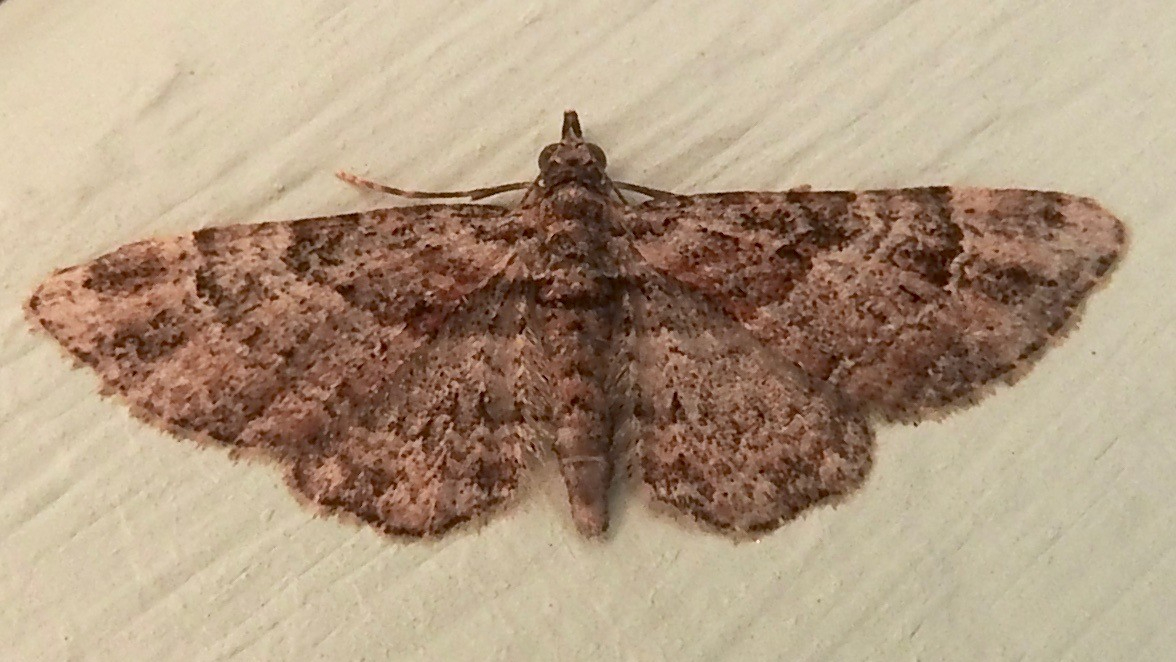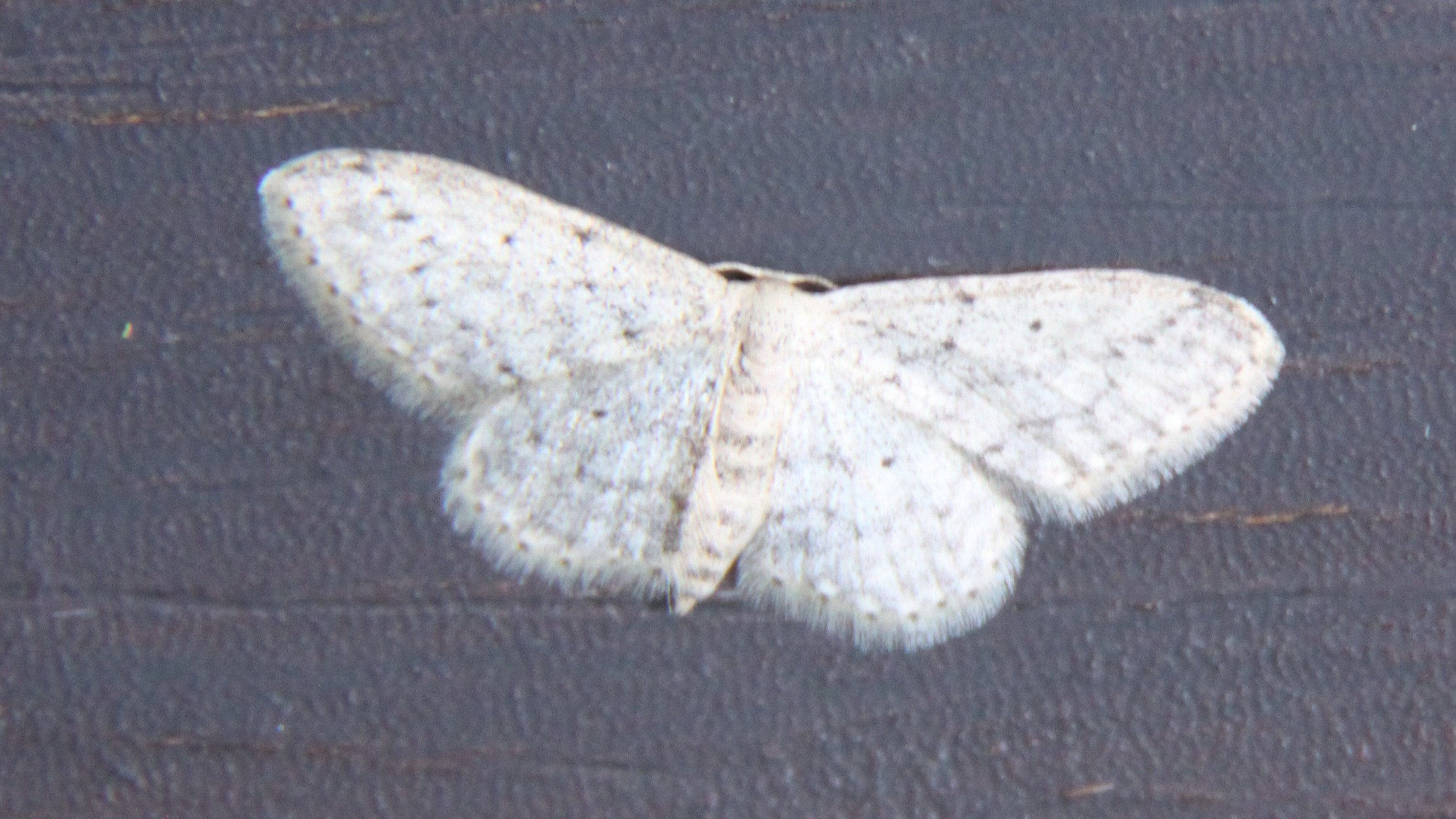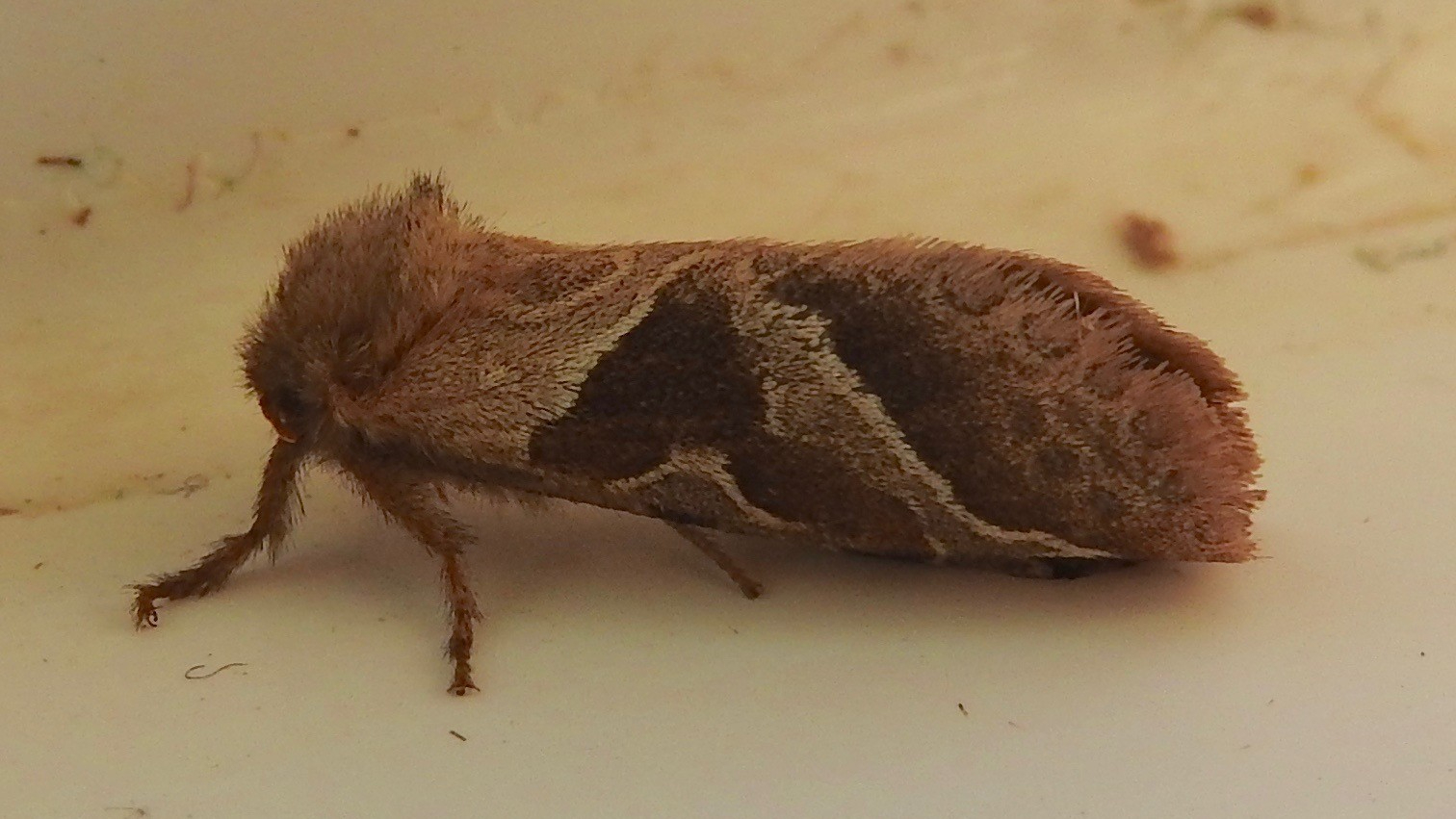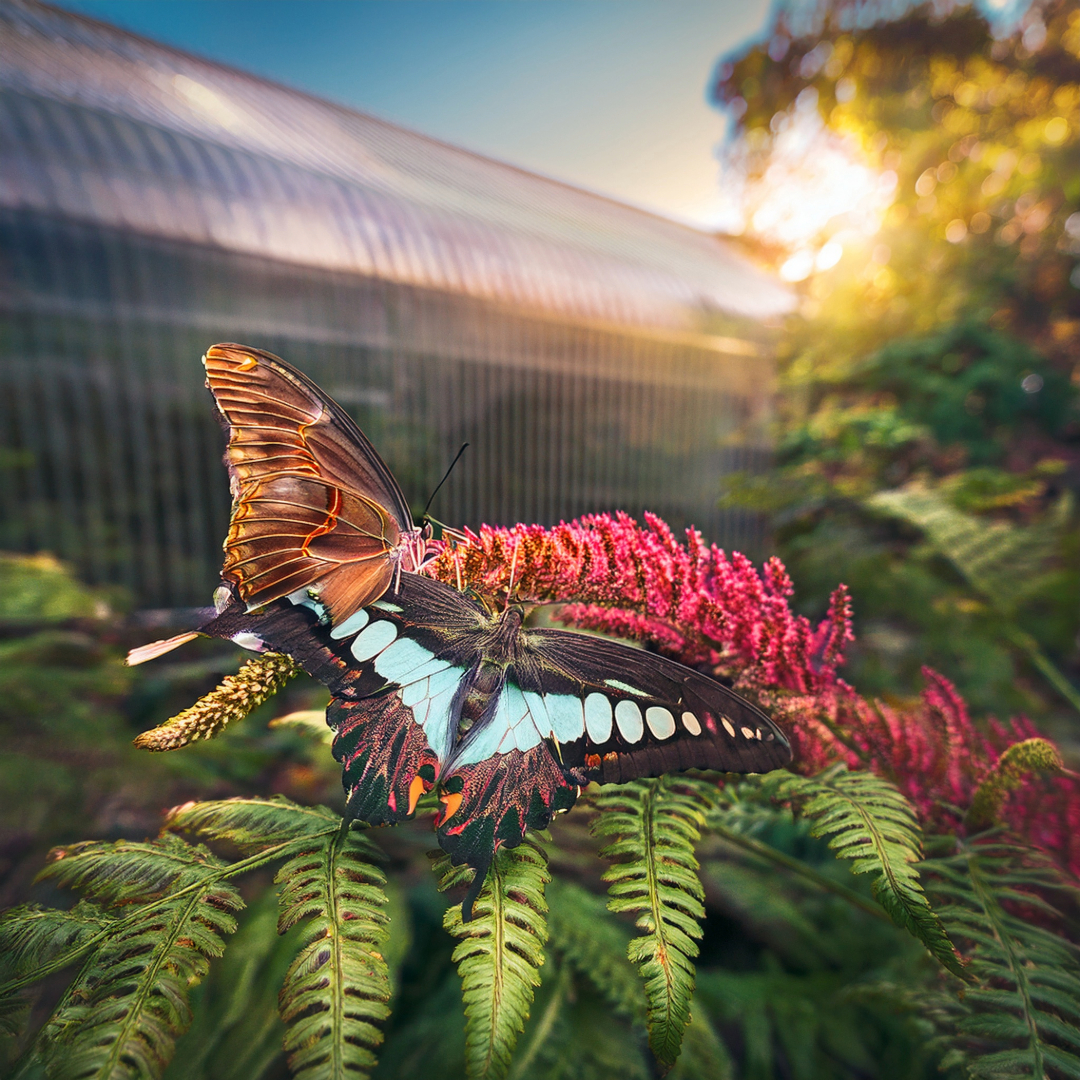
Return on June 27th to explore the city’s kaleidoscope of Lepidoptera: vanishing small blues, paintbrush-patterned admirals, and ghost moths that hover like specters at dusk. Discover where to find them—from Morden’s mauve common blues to Denbies’ fritillary rarities—and the tragic decline of once-common tortoiseshells.
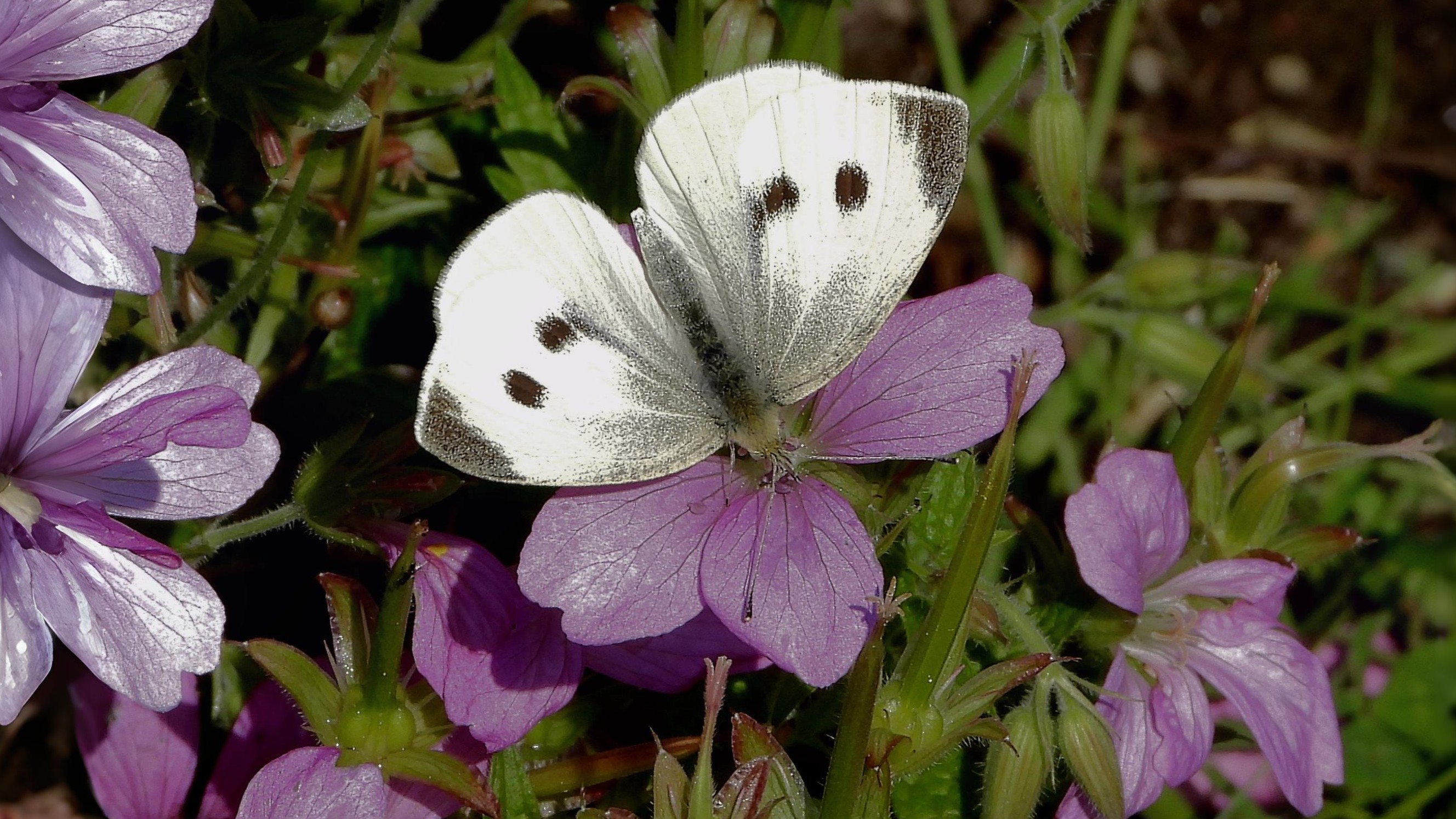

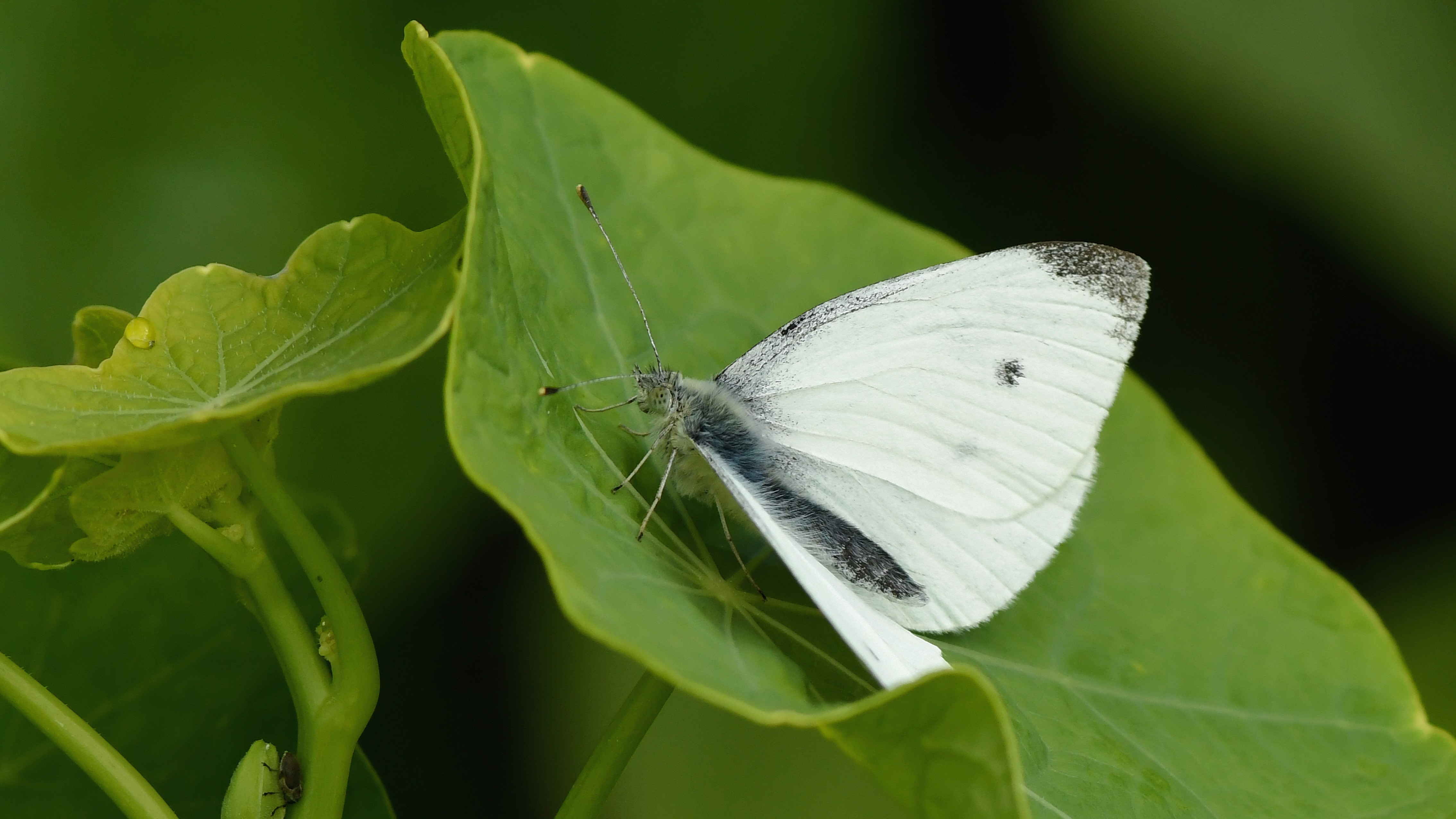



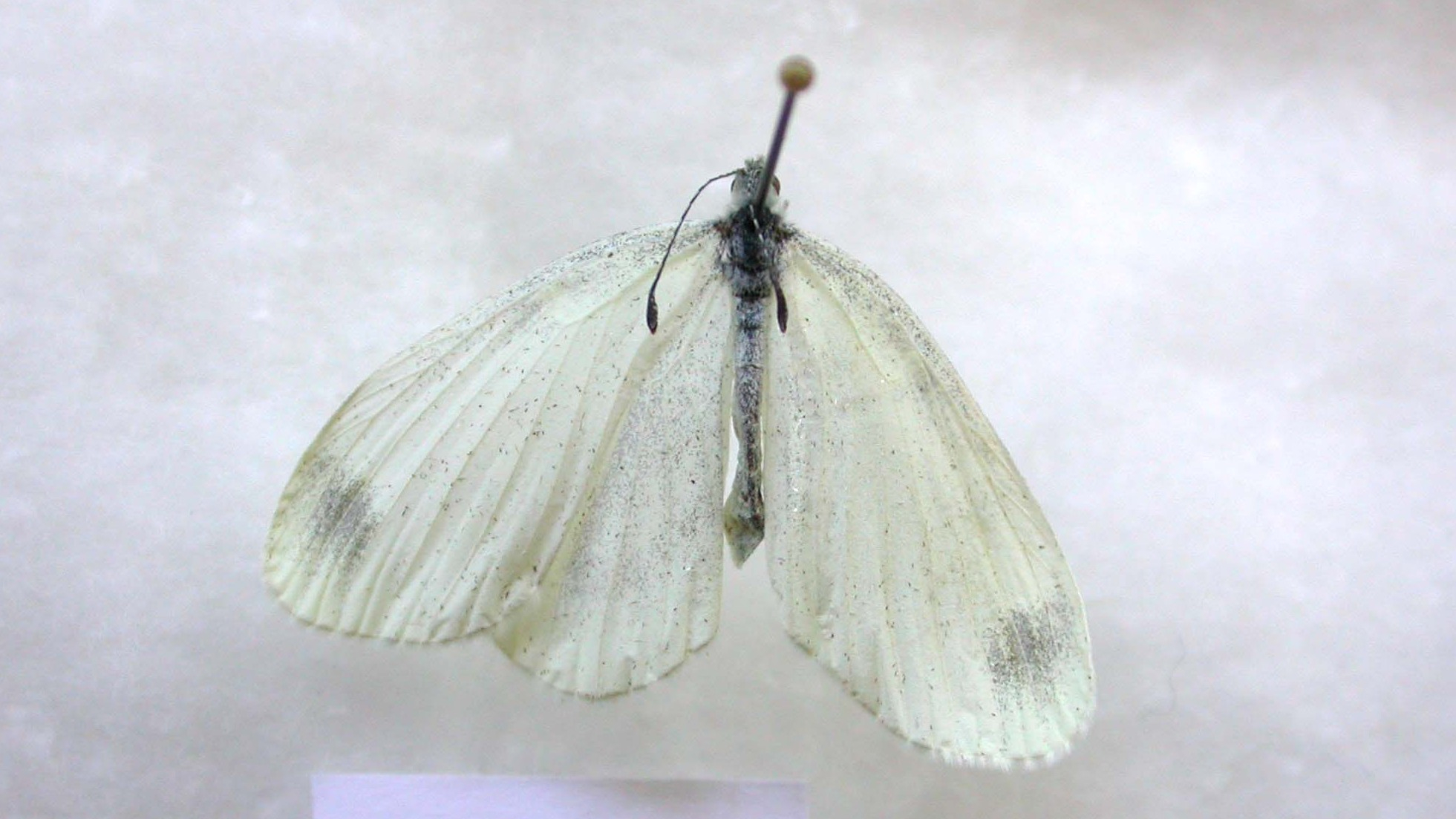





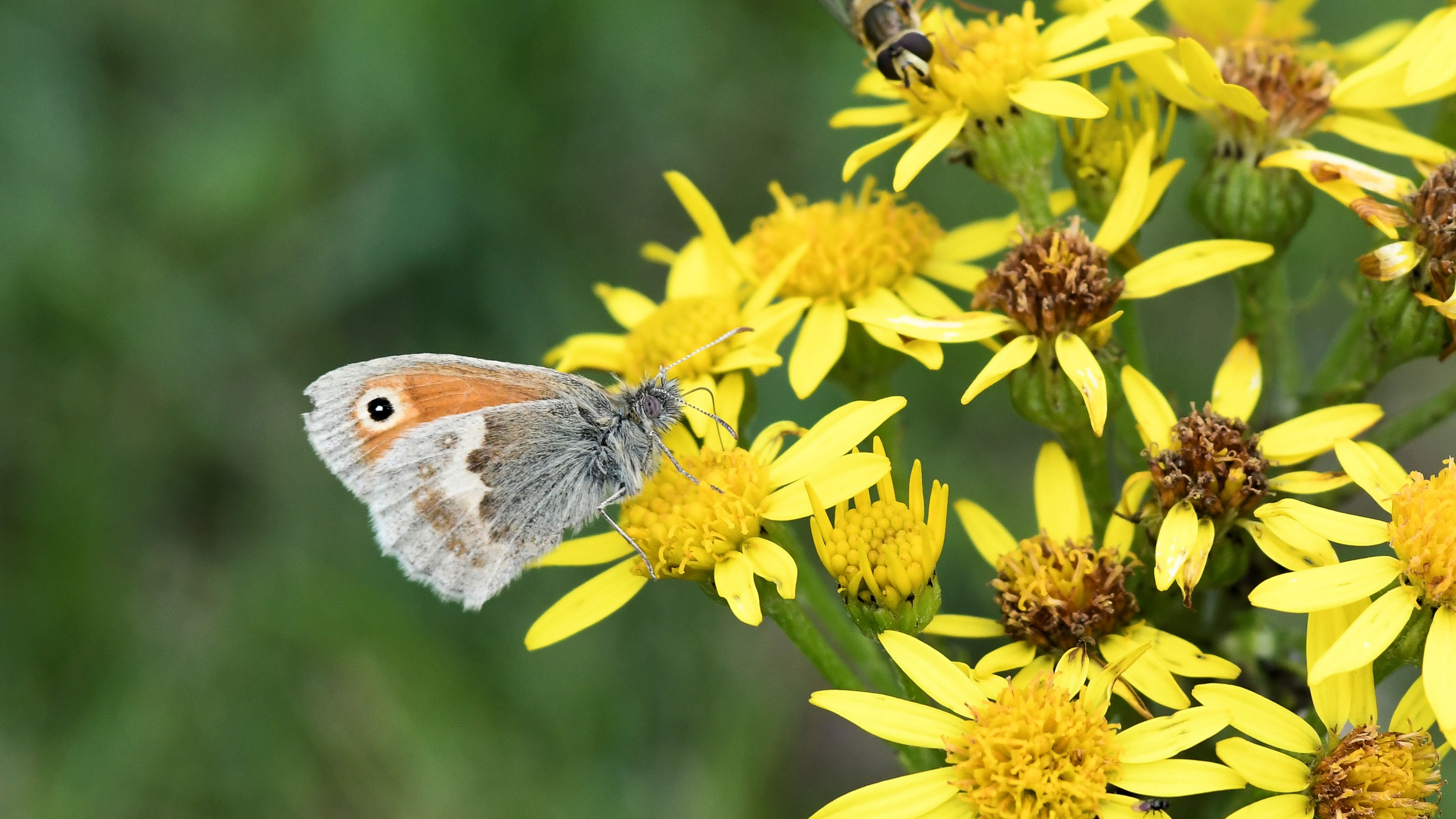



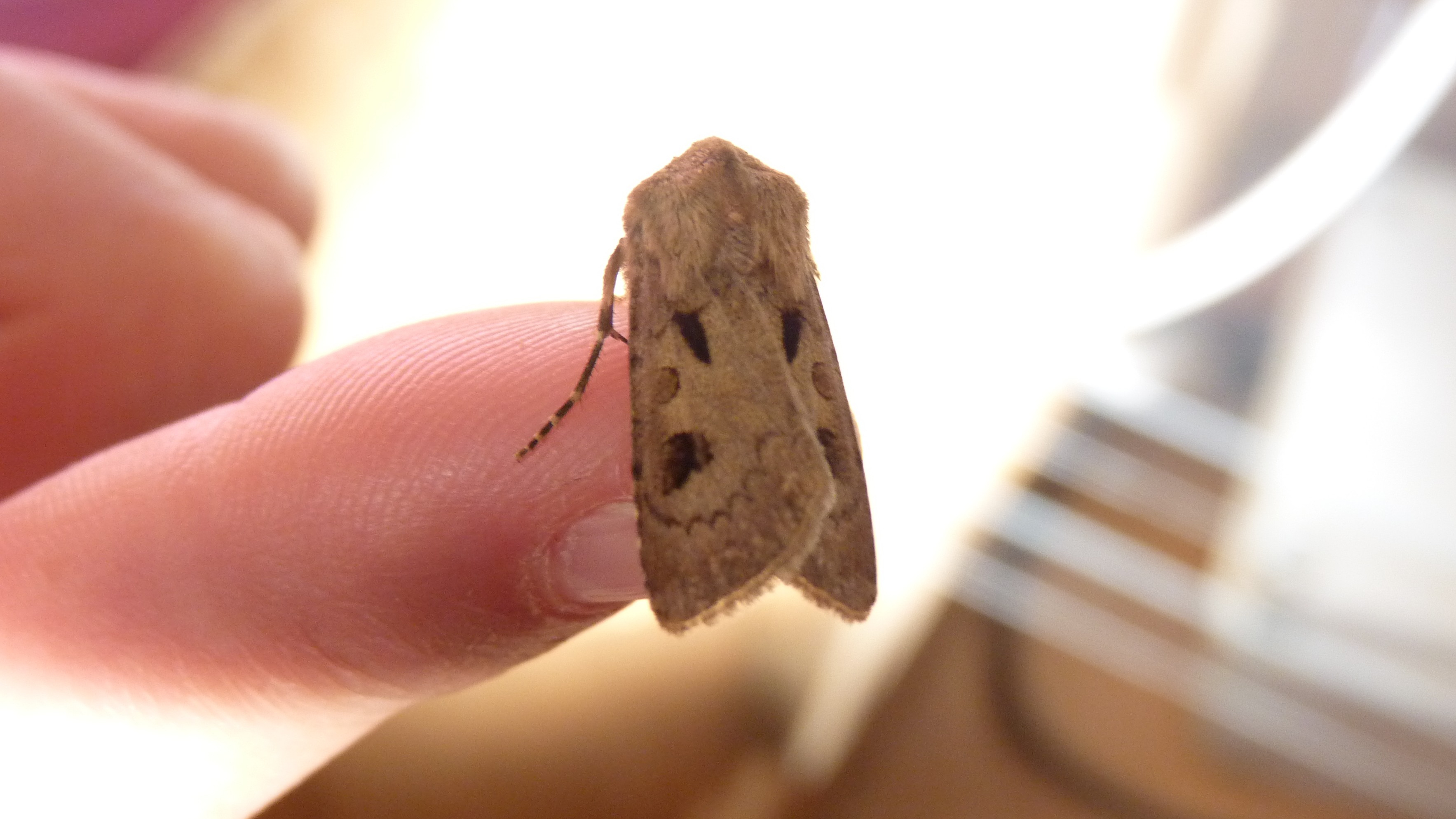

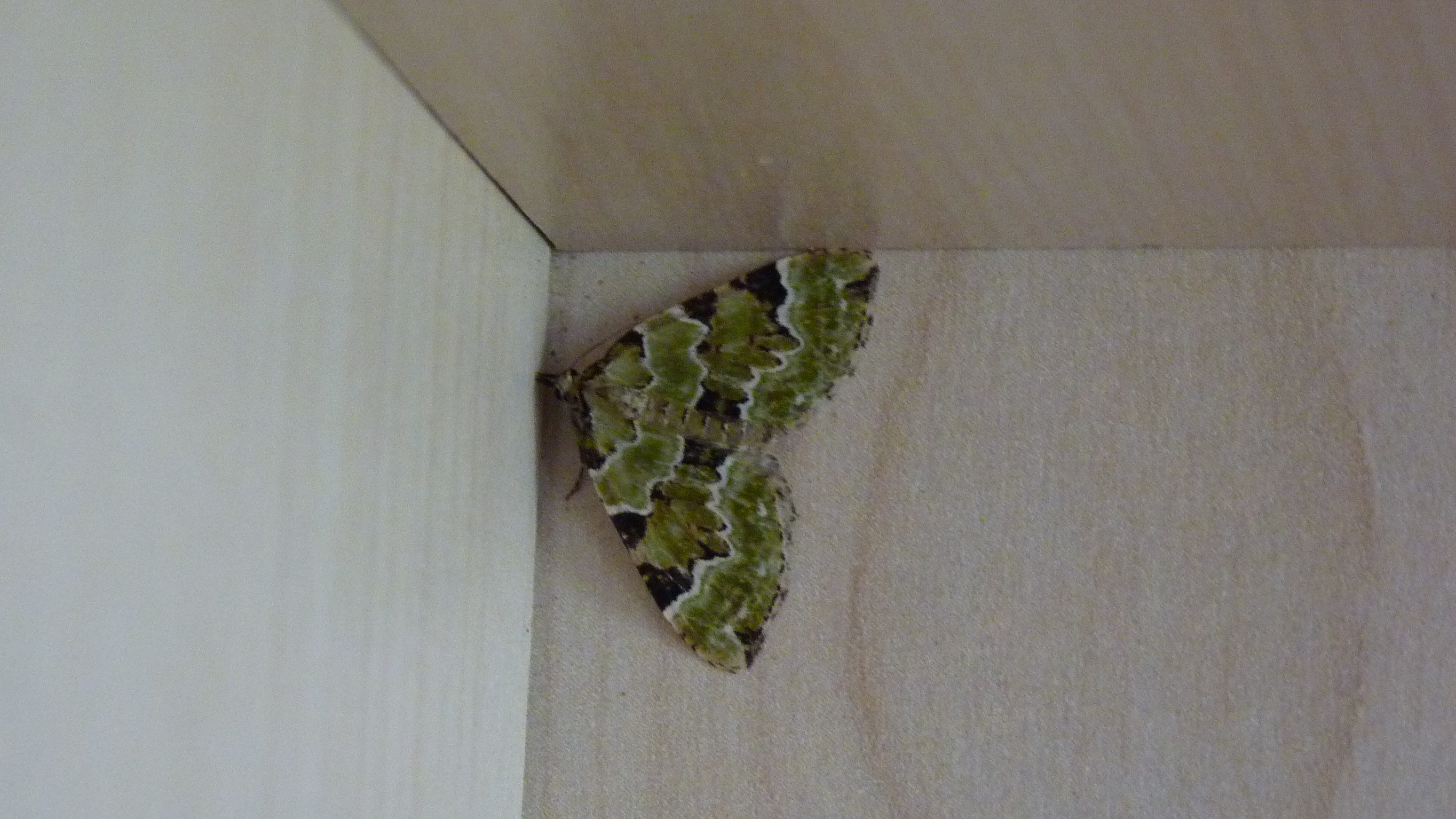

Regular visitors to moth traps include the clouded border Lomaspilis marginata and the light emerald Campaea margaritata. The clouded border is one of the most beautiful moths of the month; it has white wings with rounded smoky-black edges and black dots. Scarcely two individuals have quite the same markings. The light emerald is equally as striking. It is the palest of all greens with intensely black eyes.
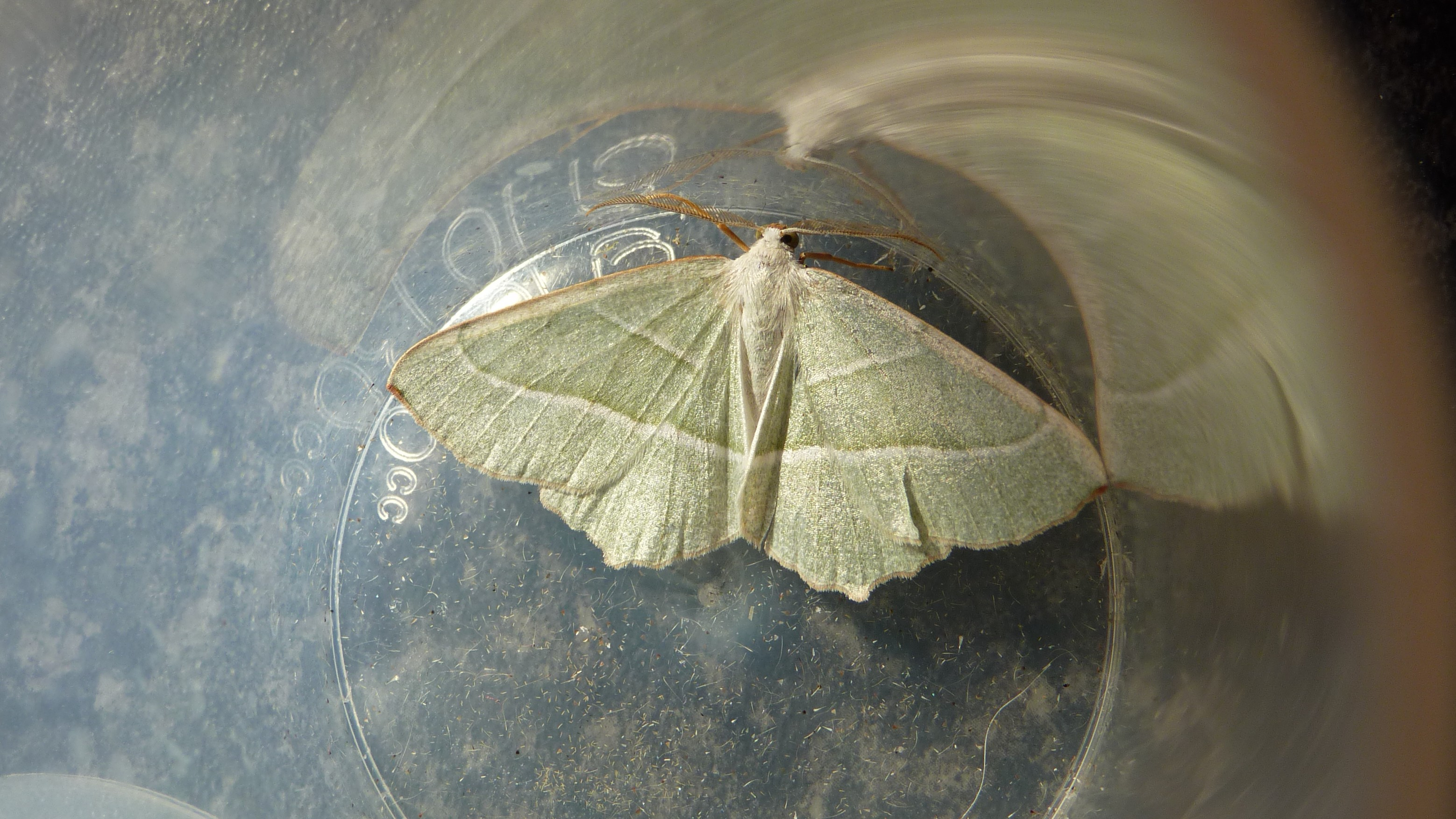



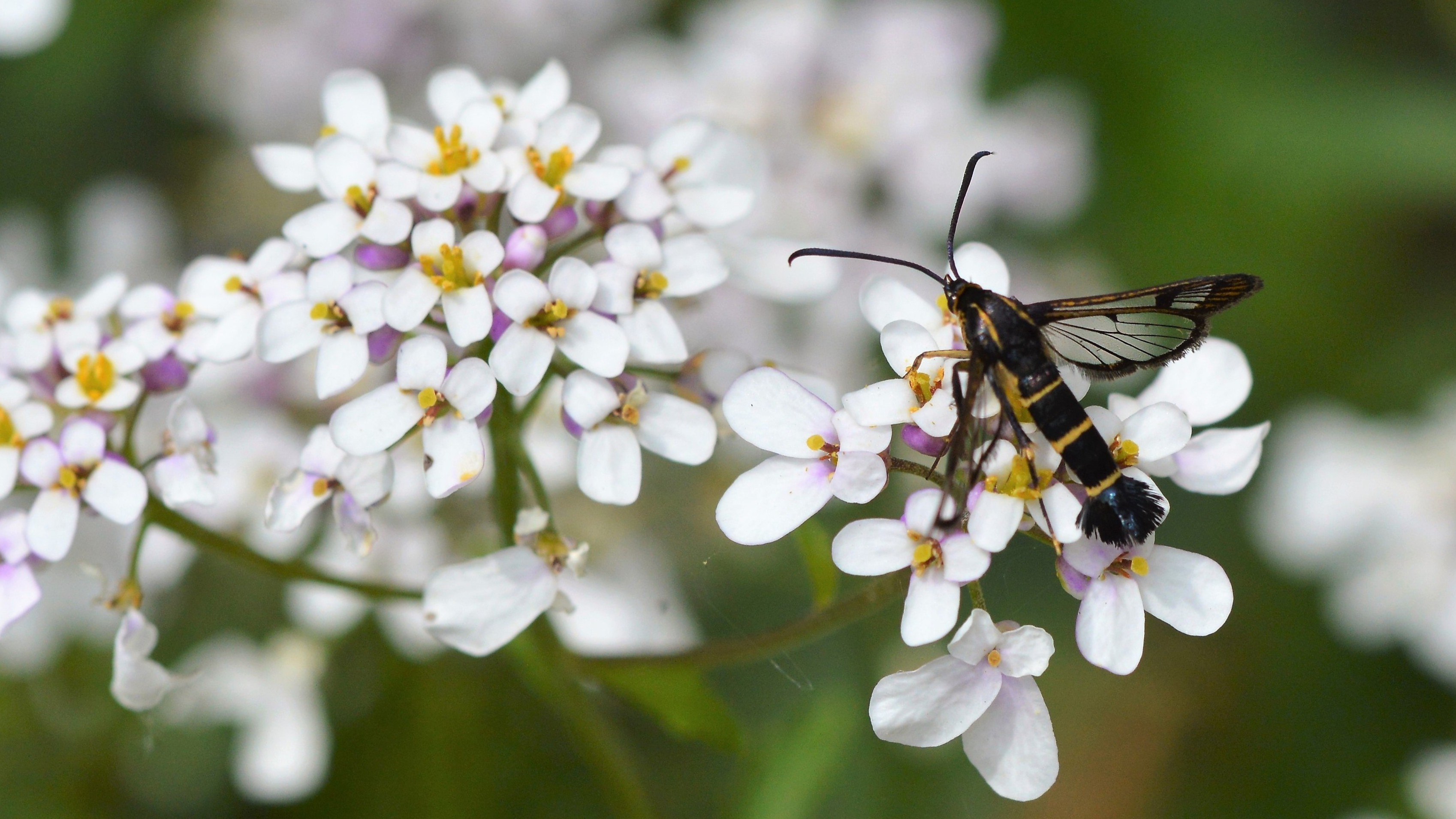

Another group of moths starting to be noticed are the pugs. These are generally small, delicate, grey and brown and consequently difficult to identify. There are over fifty in Britain with most recorded in London at one time or another. In many pugs the edge of their forewings forms a straight line or a shallow curve. What makes them stand out is the complex and beautiful patterns on their wings, usually with many clear lines and waves.
